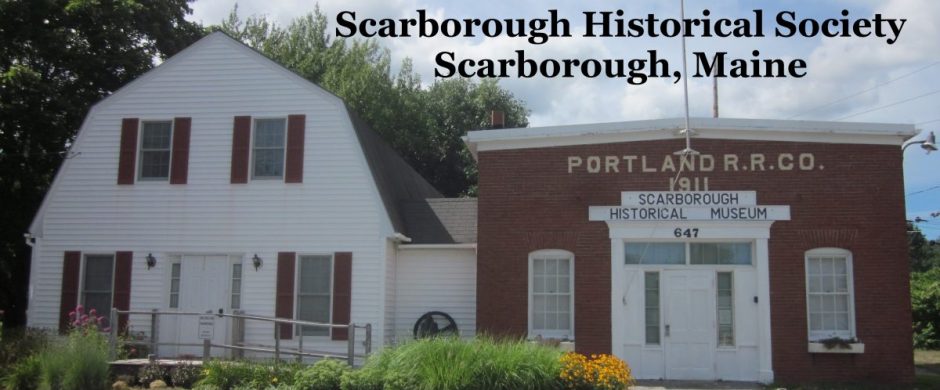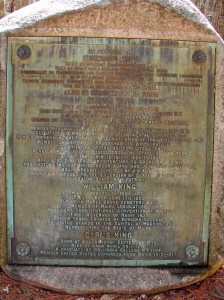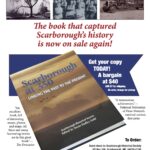People Who Called Scarborough Home
By Charlene Fenlason
Dr. Philip Haigis
Dr. Philip Haigis, son of Peter Haigis and Ruth Hodges Haigis, was born 29 April 1916 at Foxboro, Massachusetts. After medical school at Kirksville (Missouri) College of Osteopathy, he completed his residency at the Osteopathic Hospital of Maine in Portland. He arrived in Scarborough in 1944 and opened his first office in the Marshview Restaurant while it was closed for the winter, as it was the only place that could be found at the time. Dr. Haigis then moved to a home at Route 1 and Scottow Hill Road where he also had his practice. He was on call seven days a week: house calls were $5.00 and office visits were $3.00. In the early years of his practice, Dr. Haigis was the only doctor in Scarborough. He served thirty-one years as the school physician and health officer for Scarborough. During this time, Dr. Haigis was also a member of the Masons, a member of the Lions Club and an amateur radio operator.
In 1951 following a terrible accident at Scottow Hill, Dr. Haigis and several men, some of whom were fellow members of the Lions Club, raised funds to convert an old bread truck into an ambulance. All of the equipment was donated and Dr. Haigis trained the personnel. Scarborough was the first town in Maine to have a rescue service, and later the group helped set up units in Standish and Cape Elizabeth. For many years, Dr. Haigis was the Maine State Director for the International Rescue First Aid Association. Another “first” attributed to Dr. Haigis was the creation of the mobile canteen unit that accompanied firemen on major fires.
Somehow, Dr. Haigis also found time to play occasionally with the Don Doane Band, a local jazz band. Just before he passed away, Dr. Haigis donated his musical instruments to Scarborough High School. In 1975, Dr. Haigis left Scarborough for Puerto Rico, where he became a civilian medical officer for the U.S. Navy. After fifty years of marriage, Faith died in 1990 and Dr. Haigis later married Helen Sluder of Naples, Florida. At age 78, he died of cancer in Naples, Florida, and is buried in Foxboro, Massachusetts.
Sources
Killelea, Elaine. “Case History of Dr. Haigis Lists Many Firsts”. Portland Press Herald and Sunday Telegram, 1975.
Matson, Jess. Final Project: Dr. Philip Haigis, high school term paper, 1999.






